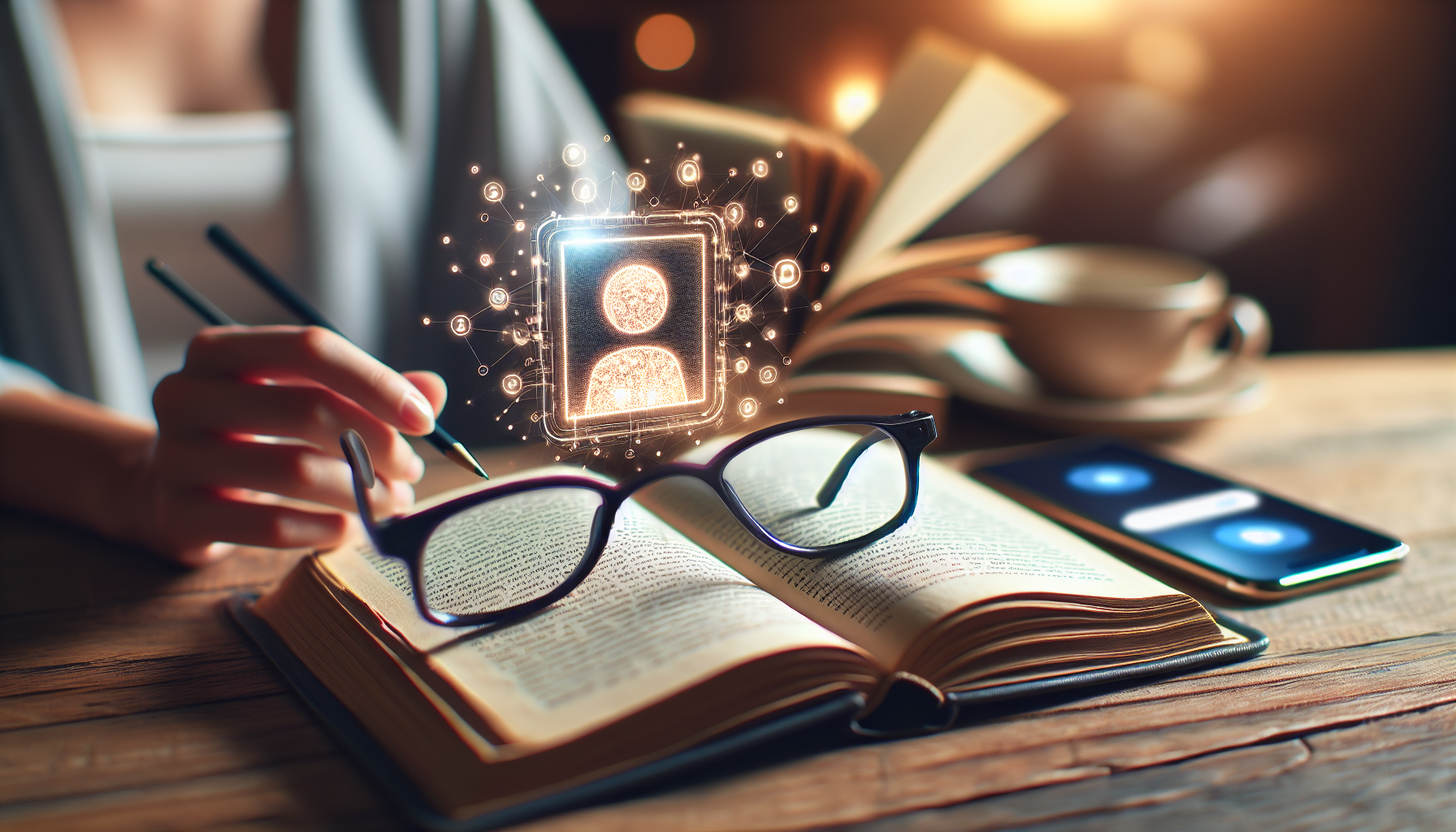
Forget Bifocals: The AI-Powered Glasses That Automatically Focus For You
Picture this: You’re reading an engrossing novel, and a notification pings on your phone across the room. You look up, and the world blurs for a moment before your eyes adjust. Or maybe you’re in a meeting, trying to glance between your laptop screen and the presenter at the front of the room. It’s a constant, subtle dance of refocusing, a small tax on your brain’s processing power. For millions who wear bifocals or progressive lenses, this dance is a frustrating, head-tilting reality. But what if your glasses could do the focusing for you, instantly and automatically?
This isn’t a scene from a sci-fi blockbuster; it’s the next frontier in vision correction. A wave of ambitious startups and researchers are turning this concept into reality, developing “autofocus” glasses that promise to revolutionize how we see the world. Forget static prescriptions—we’re entering the age of dynamic, intelligent eyewear.
The End of the “Glasses Shuffle”
For anyone over the age of 40, presbyopia—the gradual loss of the eyes’ ability to focus on nearby objects—is an unwelcome rite of passage. It’s the reason people start holding menus at arm’s length or surrender to the world of multifocal lenses. While bifocals and progressives are functional, they are fundamentally a compromise. They force you to look through specific parts of the lens to see clearly at different distances, leading to a limited field of view and that infamous “swim” effect.
The new generation of smart glasses aims to eliminate this compromise entirely. Imagine a single lens that provides a crisp, clear field of vision, whether you’re examining the fine print on a contract or gazing at a distant mountain. This is the promise of liquid crystal lenses, a groundbreaking piece of innovation that lies at the heart of this movement.
How Does It Actually Work?
At its core, the technology is brilliantly elegant. Companies like the Dutch startup Morrow and Israel-based DeepOptics are embedding a thin layer of liquid crystals within a traditional lens. When a tiny, precise electrical current is applied, these crystals change their orientation. This shift alters the refractive index of the lens, effectively changing its focal power in a fraction of a second.
Think of it like the autofocus on your smartphone camera, but for your eyes. The glasses are equipped with minuscule sensors—typically an infrared sensor hidden in the bridge of the frame—that constantly measure the distance to the object you’re looking at. The moment you shift your gaze from your book to the TV, the sensor detects the change, and the onboard processor calculates the exact electrical charge needed to adjust the liquid crystals. The result? Seamless, instantaneous focus.
Beyond the Lens: The Software and AI Driving the Revolution
While the liquid crystal hardware is the star of the show, the real magic—and what makes this technology truly transformative—is the sophisticated software and intelligence powering it. This is where the world of optics collides with cutting-edge tech, from machine learning to cloud computing.
The Brains of the Operation: AI and Machine Learning
A simple distance sensor is a great start, but true seamlessness requires a system that can predict your intent. This is where Artificial Intelligence (AI) comes into play. The glasses aren’t just reacting; they’re learning. An embedded AI model can be trained on vast datasets of user behavior to understand and anticipate your needs.
For example, the machine learning algorithm could learn your personal habits:
- It might recognize that when you’re at your desk, you frequently switch between your monitor (70cm away) and your phone (30cm away), and pre-emptively optimize for those focal lengths.
- It could learn to distinguish between a quick glance and a sustained look, preventing unnecessary focal shifts when you’re simply scanning a room.
- Over time, it could even detect subtle changes in your vision and suggest it’s time for an updated prescription, which could then be adjusted via a software update.
This level of personalization requires complex programming and efficient, low-power processors that can run these AI models directly on the device without draining


